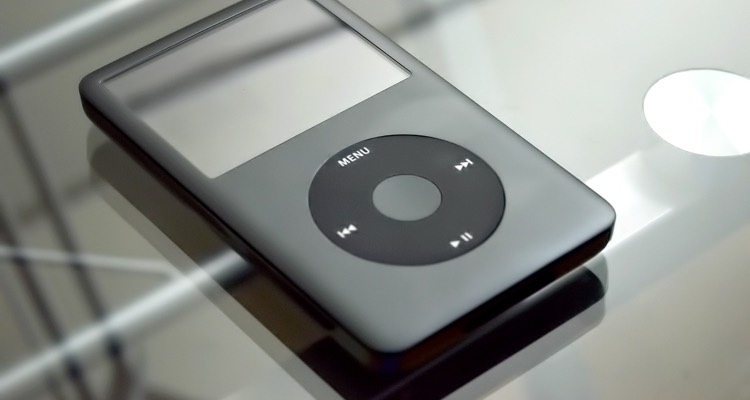The tech industry is constantly evolving and changing, with new products and services being introduced regularly. One such product is the Microsoft Zune player, which was released some time ago. However, early reports suggest that sales of the Zune player have been weak, though Microsoft has yet to release official numbers. This makes it difficult to accurately draw comparisons to other players, though a recent application installation report offers more clues.
The Digital Media Desktop report, published monthly by the Digital Music News Research Group, monitors installation levels across dozens of leading digital music applications. During November and December, Zune Marketplace installation levels were quite low, landing at 0.05% and 0.22%, respectively. The Marketplace download is designed to work hand-in-glove with the Zune player, much like the iPod+iTunes connection. Application levels on iTunes were comparatively strong, landing at 25.83% and 26.59%, respectively.
In the P2P space, LimeWire continued to exert its dominance over rival file-sharing applications. The popular app pulled an 18.92% installation level in December, part of a continued growth curve. Other applications, including BearShare, Kazaa, and Morpheus, showed installation levels of under 2%. The strong showing for LimeWire has not gone unnoticed by the RIAA, which recently initiated legal action against parent company Lime Wire LLC. A victory – in court or through settlement – would bury the last heavy-hitting P2P application, though fresh upstarts are emerging in the BitTorrent camp. That includes Azureus, which pulled a 3.13% installation level in December, just one of several in that range. Among swapping protocols, BitTorrent and Gnutella were by far the favorites.
It is interesting to note that despite the weak sales of the Zune player and low installation levels of the Zune Marketplace, Microsoft has continued to invest in the product. In fact, the company recently released an updated version of the Zune player, called the Zune HD, which boasted some impressive features such as a touch screen interface and HD radio. However, even with these new features, the Zune player failed to catch on with consumers.
One reason for the weak sales and low installation levels of the Zune Marketplace could be the lack of marketing and promotion by Microsoft. The company did not invest as heavily in promoting the Zune player as it did with other products, such as the Xbox gaming console. Additionally, the Zune player and Marketplace faced tough competition from industry giants such as Apple and its iPod and iTunes ecosystem.
Despite the challenges faced by the Zune player, the tech industry continues to innovate and evolve. New products and services are being introduced regularly, and consumers have more choices than ever before. As the industry continues to grow and evolve, it will be interesting to see which products and services rise to the top and become the next big thing.
In the meantime, it is important for companies to invest in marketing and promotion to ensure that their products and services are seen by consumers. Additionally, companies should strive to innovate and offer unique features and experiences that set them apart from their competitors. Only by doing so can they hope to succeed in a crowded and competitive marketplace.


